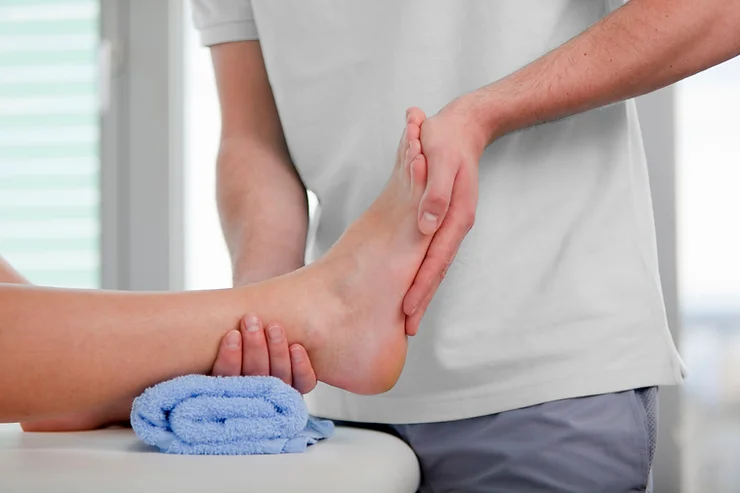The skin of the heel is fragile, as it is subject to the pressure of our weight with each step. If it is dry, it cracks and leaves cracks, which in addition to being unsightly are sometimes painful. Buddha Nail Studio tells us how to protect and treat cracked heels.
Cracks in the heels are more or less deep cracks in the skin due to the trauma they undergo in everyday life. When we walk, the skin of the heel is subjected to the pressure of each step. To protect itself, it produces keratin and the horny layer thickens. If it is not sufficiently moisturised, the less supple skin cracks under the effect of impact. Cracks always appear on dehydrated skin. Cracks are caused by a combination of dry feet and wearing shoes without insoles, which do not support the foot and create additional pressure. The skin cracks and will sometimes be painful “if the cracks are too deep or if there is superinfection”.
How to prevent cracked heels?
Lack of hydration is the main cause of cracks and fissures in the heel. It is therefore important to moisturise and nourish your feet every day. Regular use of a scraper will also help to keep your heels soft and supple.
Shoes that don’t have a toe box to hold the foot in place, or that are too flat, are also not recommended if you are prone to cracked heels. The expert warns against the traumatic side of flip-flops: “Summer is a season for cracking because people wear flip-flops and other sandals that do not support the foot at all. Each step increases the trauma to the heel.
How to treat heel cracks?
If the cracks are not too deep, you can use specially designed rasps or a pumice stone. They will peel off the heel and rid it of dead skin.
In terms of skin care, there are many moisturising, nourishing and repairing creams that are essential during the treatment phase. The leading active ingredient in care for dry and cracked feet is urea. It is important to choose topicals with a certain concentration for an effective keratolytic action. “If you are only looking for hydration, a urea level of 5% will be sufficient. But if you are looking for chemical abrasion, to avoid mechanical abrasion with a rasp for example, you need at least 25 to 30% urea in the cream.” Care products based on vegetable oils (shea butter, olive oil, vegetable glycerine) rich in fatty acids are also very interesting.
If the cracks become painful or if they are really deep and a simple treatment is not enough, it will be necessary to use a cream.


